Galapagos Islands
This post is a departure from the typical discussion found on this site. Normally I provide detailed route-finding information for you to use in designing your own off-the-beaten-track routes. This type of travel is strictly forbidden in the Galapagos, so I don’t have that kind of information, and even if I did, it would not be useful to you. Galapagos is not the type of place where people can go running off exploring new routes. The risk of people damaging fragile ecosystems or bringing in invasive species is just too high. Nevertheless, I wanted to write a little guide to visiting the Galapagos to help you answer some of the questions you might be asking yourself if you are considering making a visit.
1) Do I really want to visit the Galapagos?
2) Which islands should I visit if I do go?
3) Galapagos is expensive, how can I save money?
The paragraphs below aim to answer each of those questions in detail.
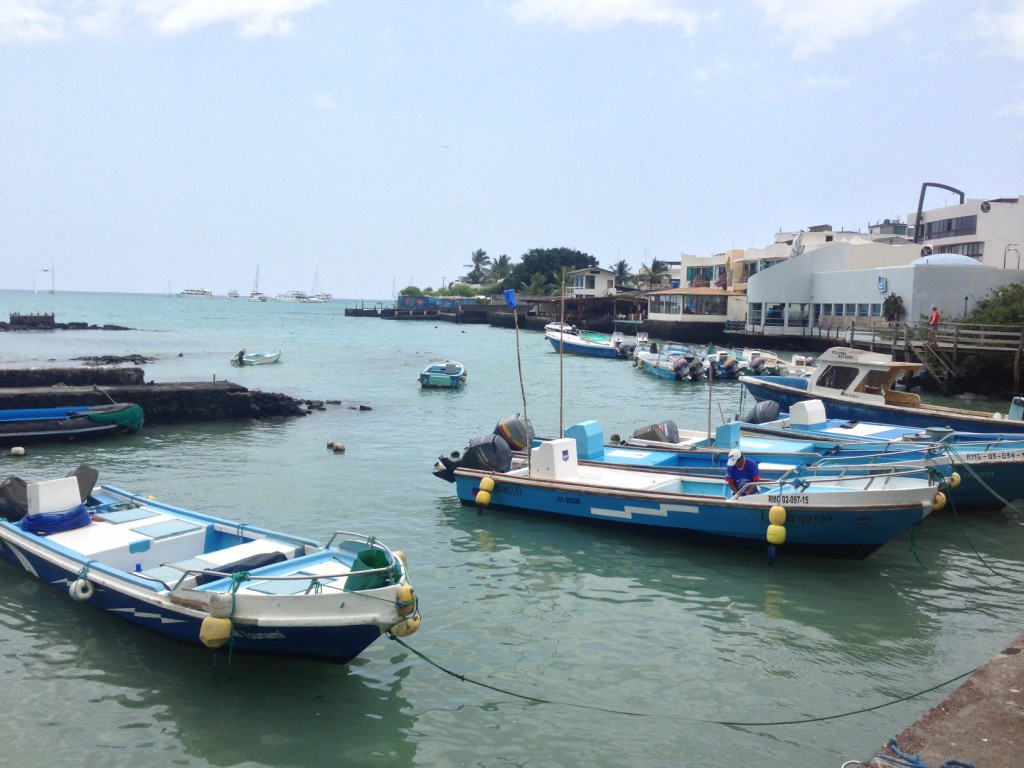
This is the fisherman’s dock in Puerto Ayora (on Santa Cruz Island – the one most people fly into). People come down to buy fish directly, and so do some gulls and fur seals (but they don’t buy food, just wait for handouts)
Visiting the Galapagos islands is an opportunity to see some wildlife that exists nowhere else on the planet – although there are several unique species that only exist in the Galapagos, it’s not the only place in the world where you can have the experience of visiting highly protected endemic wildlife. So, the question we asked ourselves was: Should we go? It’s a big effort to visit these islands; they’re remote and the entire time you’re there, you’ll be spending a lot of money. This guide will hopefully help you decide if a visit is the right thing for you.
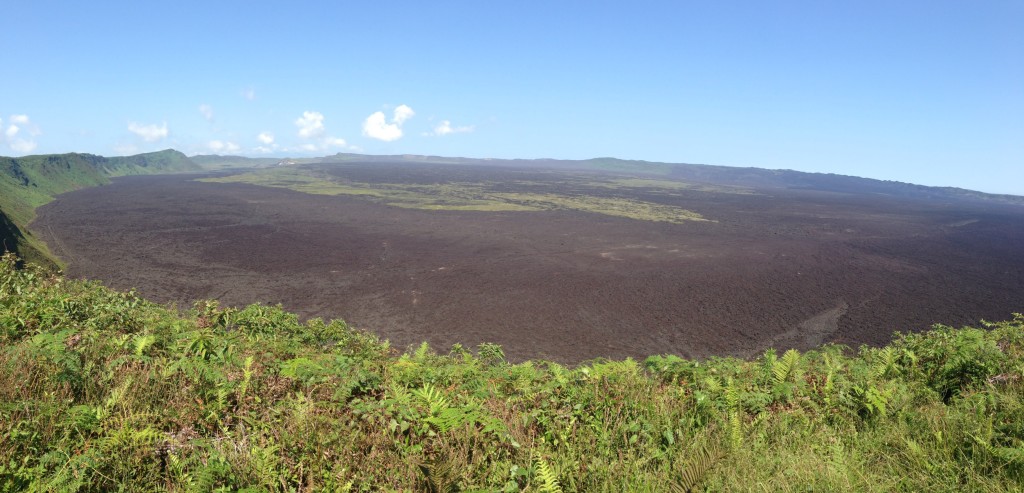
The crater of the Cerro Negro volcano is many miles across! This is one of the few hikes that you can do on your own. This hike is on Santa Isabella Island. You could take a shuttle to get to the start of the hike – but it is also possible to do a marathon run from the town of Puerto Villamil to the crater and back.
As mentioned in previous posts, our FOMO (fear of missing out) had us booking an unusually long itinerary on a cruise ship. Most visitors opt for the 6-7 day trips; we opted for an 11 day tour that would allow us to visit the following Islands: Santa Cruz, Floreana, Santiago, Baltra, Genovesa, Bartholomew, Isabela, Rabida, Daphne, and Mosquera. That’s quite a hefty list of islands – and after having done the eleven days, I can say with certainty that the quality of your trip is NOT determined by the number of islands that you visit. Therefore, you probably don’t need to focus on a tour that visits a lot of islands, but instead the islands that will give you the best opportunity to see what you are coming to see.
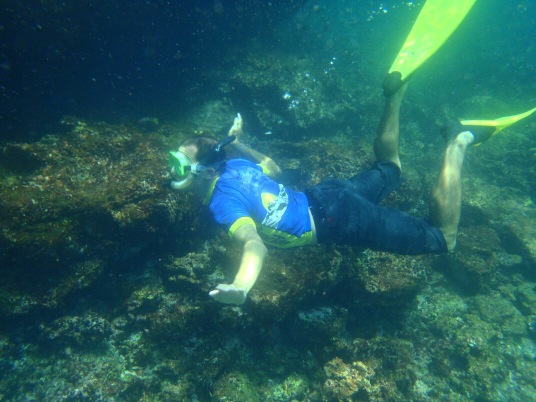
On our cruises, we snorkeled twice per day. I never got tired of it, and would always spend the maximum amount of time exploring. One issue I had was with my ears and going too deep. There is a technique of equalizing your ears that I never seemed to master.
The right island(s) depend on what you want to see and the time of year that you’re visiting. Our favorite island of the entire trip was easily Genovesa. This island also happens to be the most remote island that we visited. At the end of our second cruise, the vote amongst the passengers was nearly unanimous: Genovesa was their favorite. Moreover, the guide from our first cruise secretly confided in us that Genovesa was his favorite. He confided secretly because our first cruise did not go there, and he didn’t want the other passengers to feel like they missed out. From Genovesa, we saw the highest concentration of land wild life – and we saw these animals right up to the 2 meter limit (you’re not allowed to get closer than 2 meters to the animals to protect them). Isabela and Fernandina islands are also considered to be very wild – they were only recently opened to visitors. In spite of the colder, more remote waters on the far West side of Isabela, the only thing we saw that could not be seen elsewhere in the archipelago were Orcas. This was a surprise treat, as Orcas are generally considered to be migratory. There seems to be a resident population in the Galapagos, which is a recent discovery. Of course, you can see Orcas in other parts of the world, so a trip around the West side of Isabella is probably not the best bang-for-your-buck itinerary. Presumably, you’re visiting the Galapagos to see things you cannot see anywhere else: The Flightless Cormorant, Boobies, the Frigate Bird, and the Marine Iguana… Each of these unique creatures can be easily seen in abundance by combining a trip to just two islands: Santiago and Genovesa.
We’ve read that there is no “best time” to go to the Galapagos, and we’d agree. We had two guides (because we combined two separate cruises to make the 11 day trip) and both of them really drove home the point that we were visiting during an “El Niño flow.” By many standards, this could be considered to be the worst possible time to visit. The warmer El Niño water in the Pacific kills the algae which is the food source for the primary consumers. The disappearance of this resource works all the way up the food chain, meaning that almost every animal is present in significantly lower numbers. To some, seeing fewer animals (or even dead bodies, which the park service sometimes removes) may be depressing, but for us it made the trip more exciting. We knew that we were never guaranteed to see any of the animals we wanted to see – and it was a challenge to seek them out. When we found them, our guides told us a few times that our group had good “duende” (literally: fairy spirit, but in this context, good animal finding juju). I don’t think the guides were just saying this either. When we found a dozen greater flamingos (up close) near Dragon Hill on Santiago, our guide’s excitement was palpable. He hadn’t revealed his camera until this moment – and even he was taking selfies with the flamingos! He didn’t expect to see many – or see them up so close. They are very timid, and many have left for the mainland due to the reduced food availability on the islands. In the end, we saw every land and sea plant and animal that people come to see – and we greeted each with gratitude and excitement.
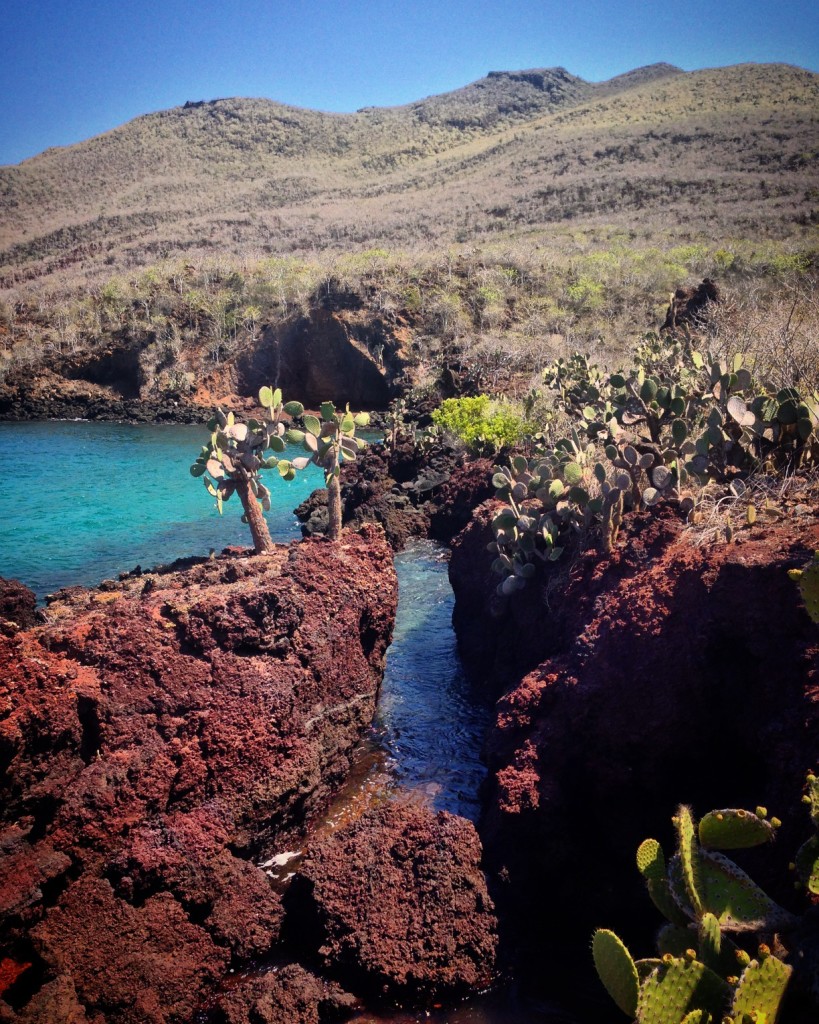
The terrain in the Galapagos is varied, but mostly it resembles desert. We were visiting during an “El Niño flow” which in March means that there should be heavy rains – but they hadn’t arrived yet. **One advantage to this time of year combined with El Niño: very comfortable water temperatures for snorkeling. No wetsuit needed.
In my opinion, the thing that makes the Galapagos the most special is the level of protection and conservation on the islands. In spite of heavy efforts to control change caused by people, there are still A LOT of challenges being fought to protect and preserve. Before arriving, I figured that we could take boats between the islands and explore them to our heart’s content on long wild trails. It turns out that almost everywhere you might go has no independent access – you can only visit with a guide. At first, this seemed very restrictive – until I realized that this is exactly what is needed to keep the Galapagos the natural setting that it is. The park also limits the number of people on a cruise ship (and the total number of boats in operation). Therefore, most cruises only contain 16-18 passengers. When you’re visiting the islands, you’re immediately appreciative of this. There were never more than two other boats in sight, and sometimes we’d see just one. When you’re on land, or snorkeling in the water, you’re visiting with only 15 to 17 other carefully controlled and guided people. You won’t feel like you’re visiting Yosemite in the Summer, and only on some occasions will your group of 16 briefly overlap with another group of the same size.
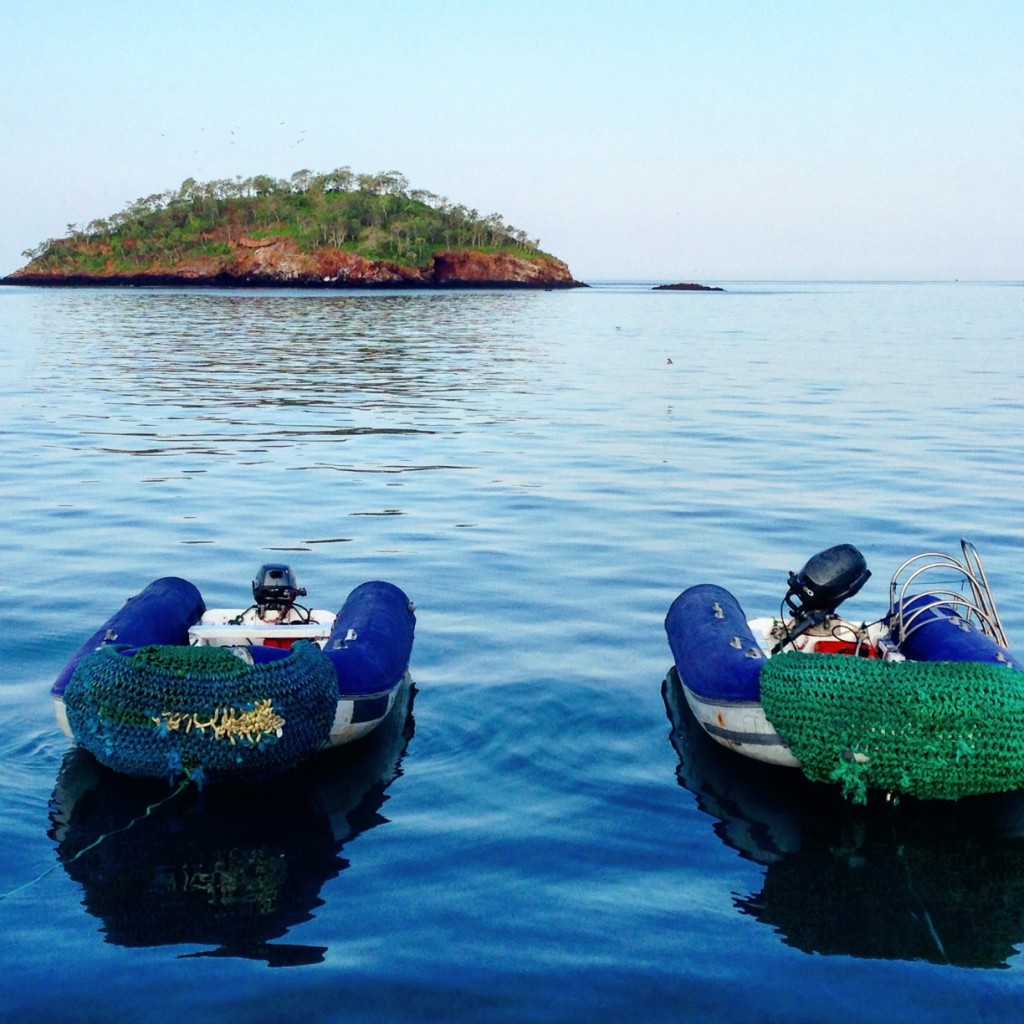
Behind our 16 passenger cruise ship, there were always 2 dinghies being towed. This allowed us to make landings. We usually made 1 or 2 landings each day, except for the protected areas on the West side of Isabella.
So, to help you decide if you want to go: If you feel like you absolutely need to see the Flightless Cormorant, Boobies, the Frigate Bird, and the Marine Iguana… then your decision to visit the Galapagos is already made. If you just want to visit islands that are remote, beautiful, and equally protected, one much less expensive alternative is the Channel Islands off the coast of California. A lot of people associate the Galapagos islands with Charles Darwin, and his theory of Evolution by Natural Selection – but neither of our tours went very deep into this topic. In fact, if you’re interested in natural science, I found the guided tours of the Channel Islands’ San Miguel Island to be far more informative. Finally, the many National Geographic videos on the Galapagos are equally educational, and allow you to see some prime up-close footage. You might not be so lucky as to see that type of action in real life. We happened to see some National Geographic quality activity such as Frigate Birds demolishing a sea turtle nest – but there are never any guarantees.
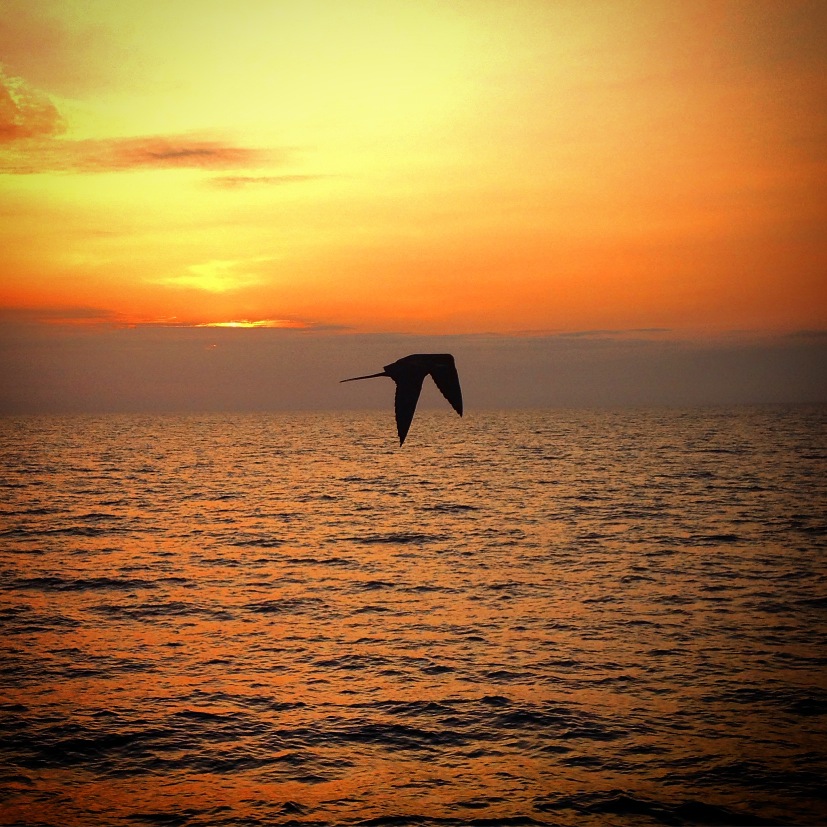
This is a great Frigate bird. These birds often followed our cruise ship as we were sailing. Presumably, they were hoping for food to be thrown overboard. These birds cannot swim – if they get wet, they cannot fly up out of the ocean. Therefore, they dip down to catch food on the surface, or steal from other birds. They are very aggressive.
Saving Money. To summarize everything we have read and heard: the best way to save money is to book a tour once you get to the islands. For people on a tight schedule, this may not be feasible, but everyone we talked to seemed to be able to secure a tour to their liking within 1 or 2 days of arriving to the islands. There are several dozen tour operators open all day in Puerto Ayora (Santa Cruz Island). The cost of your trip is primarily determined by three factors:
1) Where you book: Booking in person on the islands is cheaper that booking online – roughly 60% of the online cost. Amongst the operators, prices were roughly equivalent if you factored in what you got on each trip.
2) The route: On a per-day basis, going to the more remote islands can be more costly. This makes sense, as the boat uses more fuel to get to these distant locations.
3) The size / comfort of the boat. Fancier boats with larger cabins cost more – generally about $400 extra per-day between “Tourist Superior” and “First Class.”
We visited 6 travel agencies and 2 tour operators and tried to bargain the price. Although this was not high season, we noted that neither seemed desperate for our business. We were a little disappointed to discover that the per-day cost was double what some other bloggers had reported just a few years ago. For a remote route in a first class boat in 2016, you’re probably going to pay about $210-$220 per person per day, whereas beyondblighty.com reports paying just $106 per day! Keep in mind that this price does not include tips for the crew and the guide (separate envelopes are handed out at the end of each cruise for this purpose). Although this may sound expensive, it’s still generally half of what you’d pay by organizing your cruise ahead of time online. Most of the people on both of our cruises had arranged their tours upon arrival.
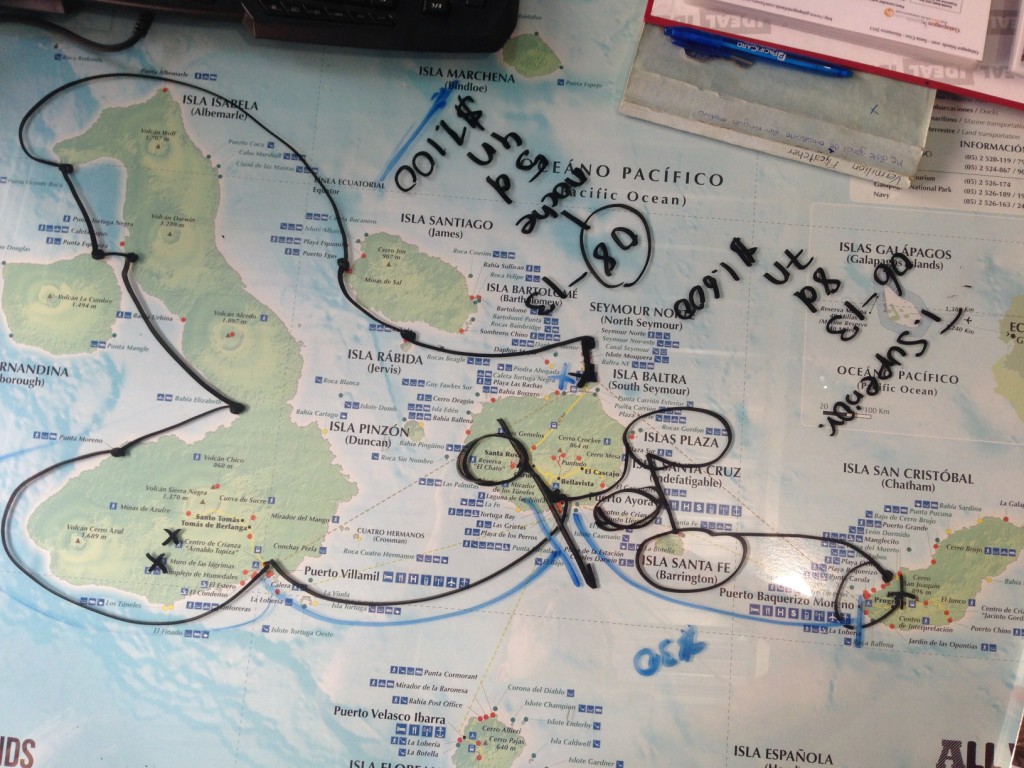
If you decide to purchase a cruise once you arrive at the islands, you will sit down across a glass table from the sales representative. Underneath the glass is a map, and they use dry-erase markers to describe your route. We know that they all do it the same way because we went to 6 travel agencies and 2 tour operators seeking the best combination of routes, dates, and price.
Another thing to consider is who you’re going to travel with. This could be a big consideration, as it can change the character of your trip. We noticed that the most expensive looking boats had a much higher median age. If you’re young and fit, you’re probably going to want to travel in the “tourist superior” class (or maybe even lower if you’re a backpacker type). If you’re older or have lower physical mobility, you might feel more comfortable on the higher end “first class” or “luxury” cruises…
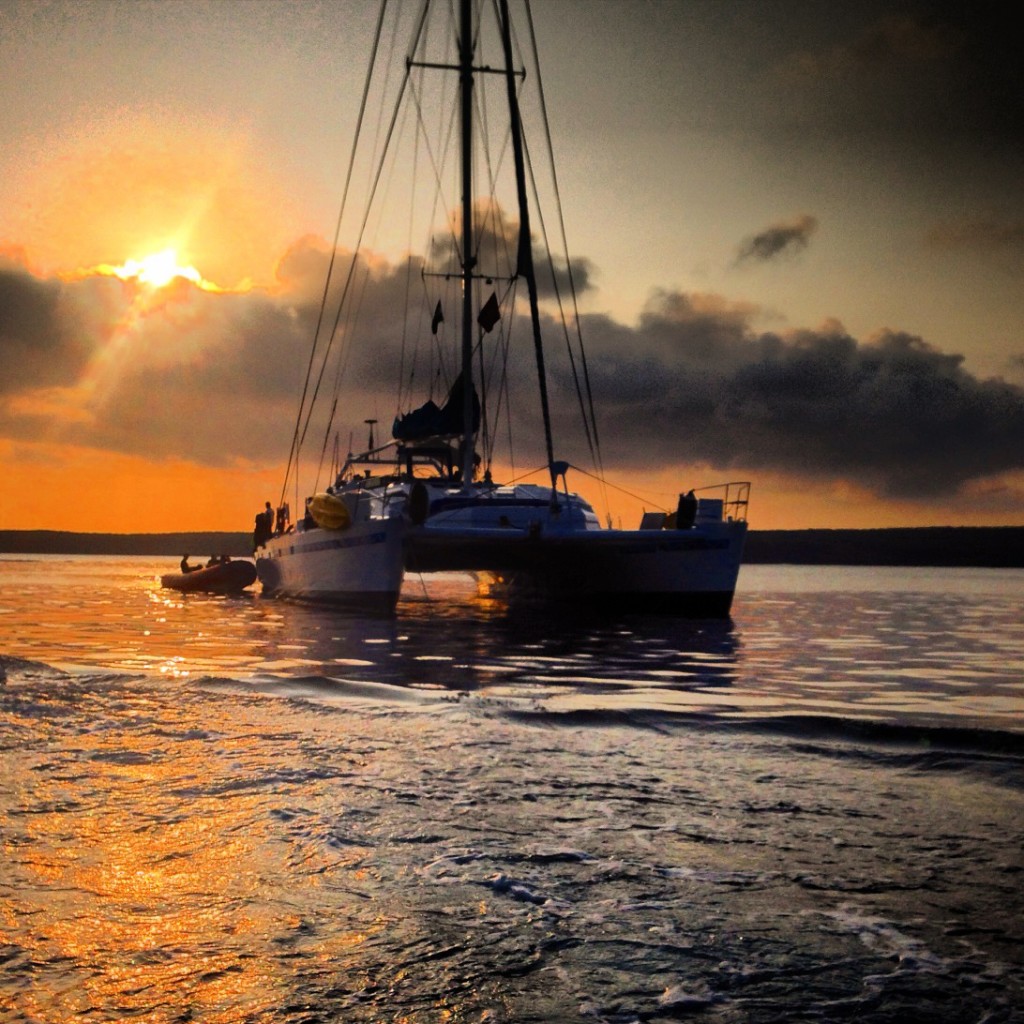
The Nemo. If you’re taking a cruise in the Galapagos, and you are afraid you might get sea sick, a catamaran can be a better choice.
The Pictures
You’re probably wanting to see some pictures, right? As those of you who have been following our bikepacking blog know, we’re trying to keep the weight low. This means that we’re only using the cameras in our cellular phones, with no high-powered optics. Other members on the cruises, however, were carrying some fantastic equipment (including one person who had several lenses the size of my torso!) While I never saw any photos from those enormous lenses and cameras, one member of our group, Fu-Chyun “Clay” Chu kindly shared several of the photographs that he took during our trip. He generously wrote me saying, “I always like to share my photos because I feel that the reason for taking them.” An excellent attitude, I think (and excellent photographs moreover)! He granted me permission to share some of his photos taken with a Coolpix P900 (or GoPro for underwater) here on the blog. I’ve credited him in each photograph below that belongs to him. In the photographs that aren’t credited, you can imagine how close the animals sometimes come; within range of an iPhone camera.
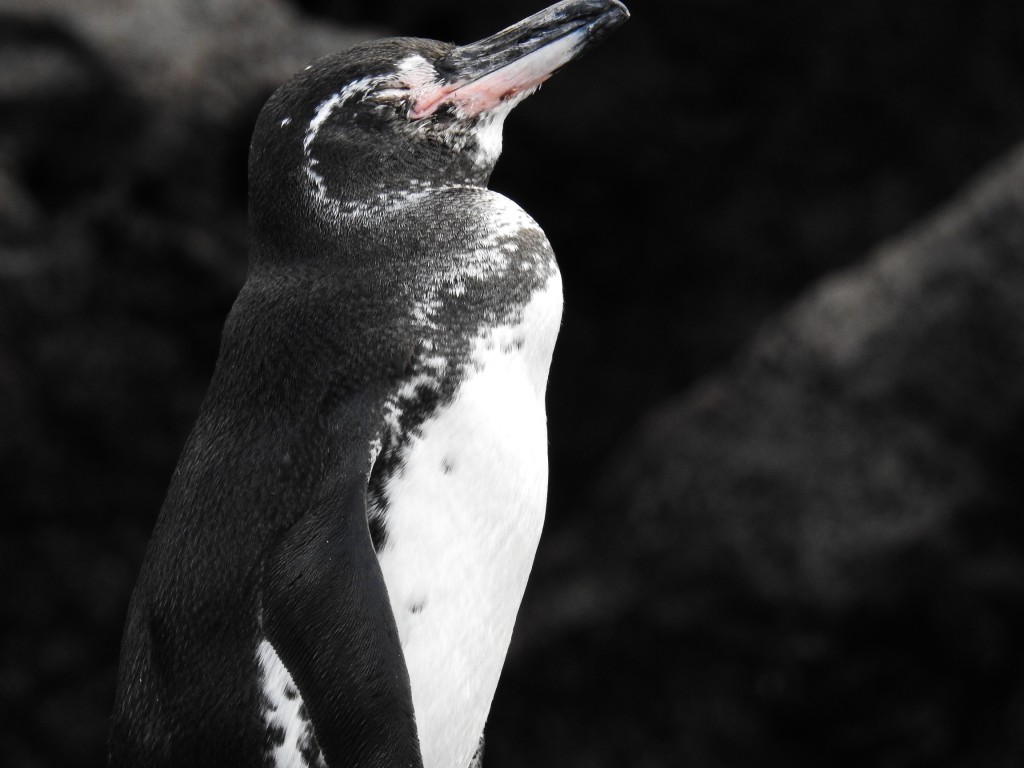
Galapagos Penguin – the only penguin to live North of the Equator (Photo Courtesy of Fu-Chyun (Clay) Chu)
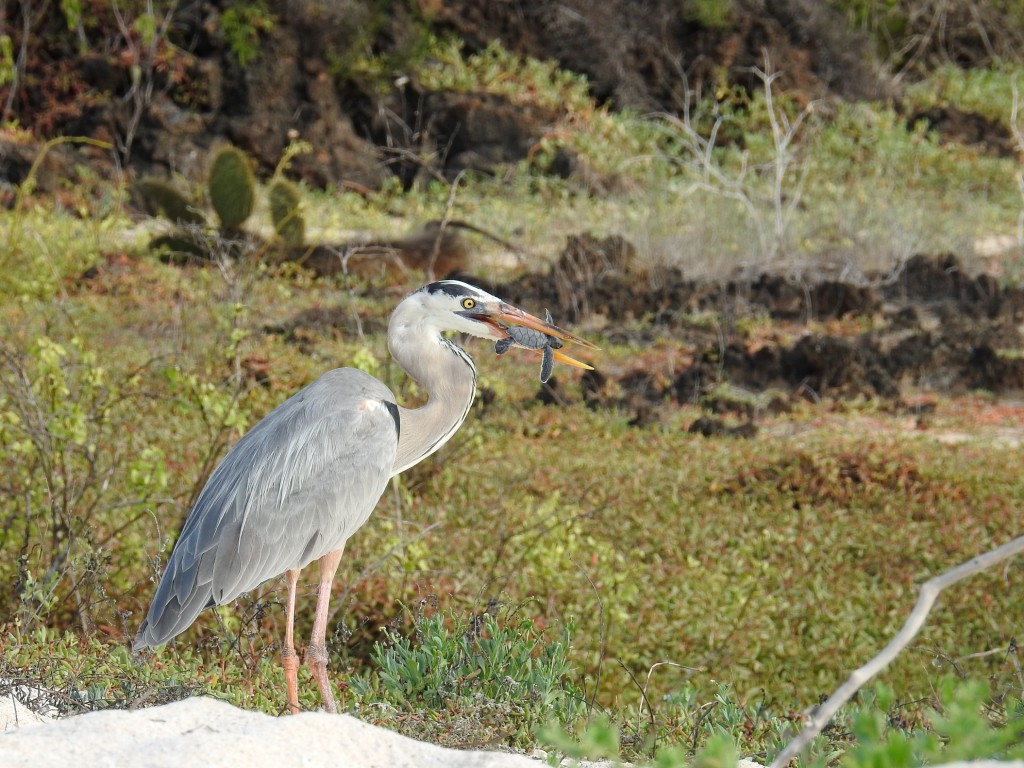
Great Blue Heron **Notice the Baby Sea Turtle in the bill! Clay had superb timing to capture this shot – it is my favorite of the entire trip. (Photo Courtesy of Fu-Chyun (Clay) Chu)
This is the map for the entire route discussed in this post. To Export GPX files, click on the three horizontal bars in the upper right hand corner of the map and select Export selected map data…
To see this map in a full screen, click here (opens in new window)















































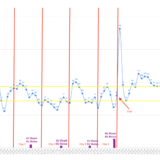



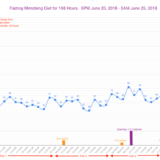
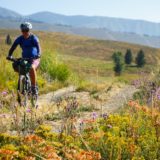
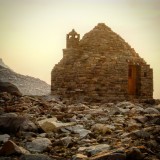
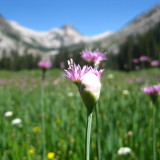
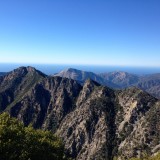
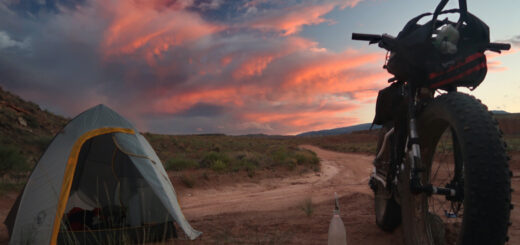
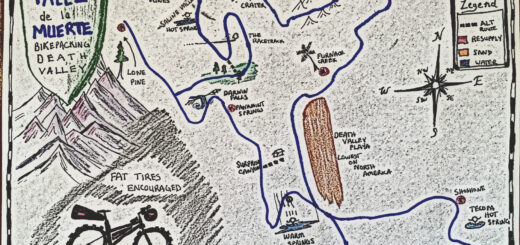
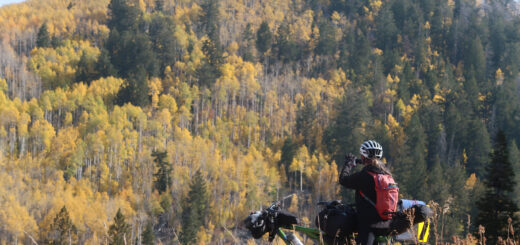
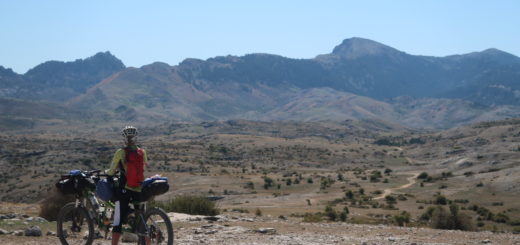
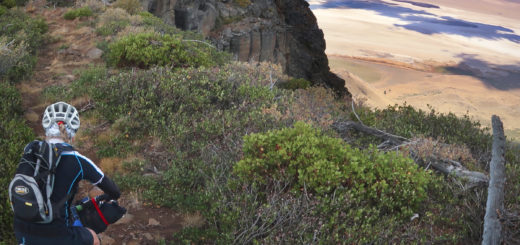
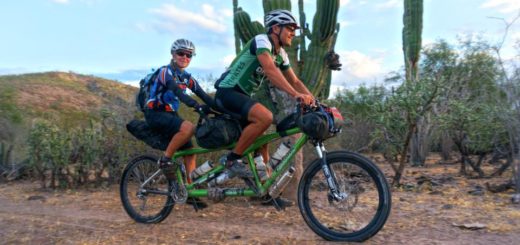
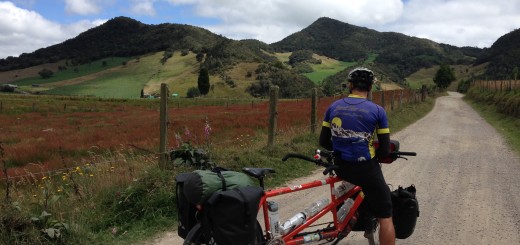
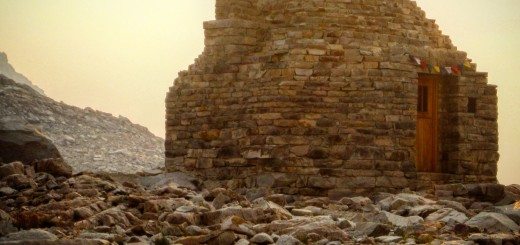
These photos are gorgeous! Thank you so much for sharing them and your story. I’m wondering where the photos of the flamingos are?